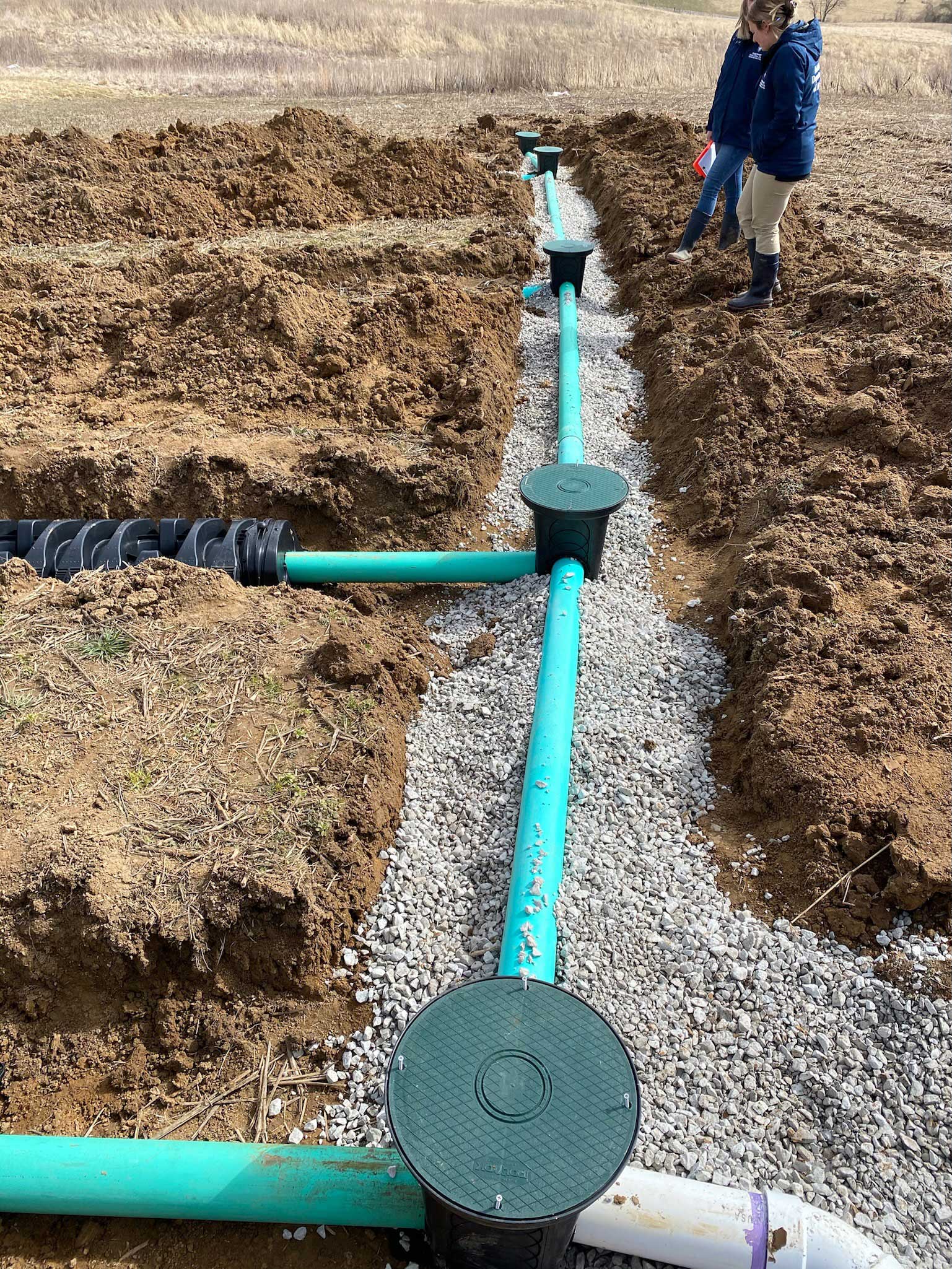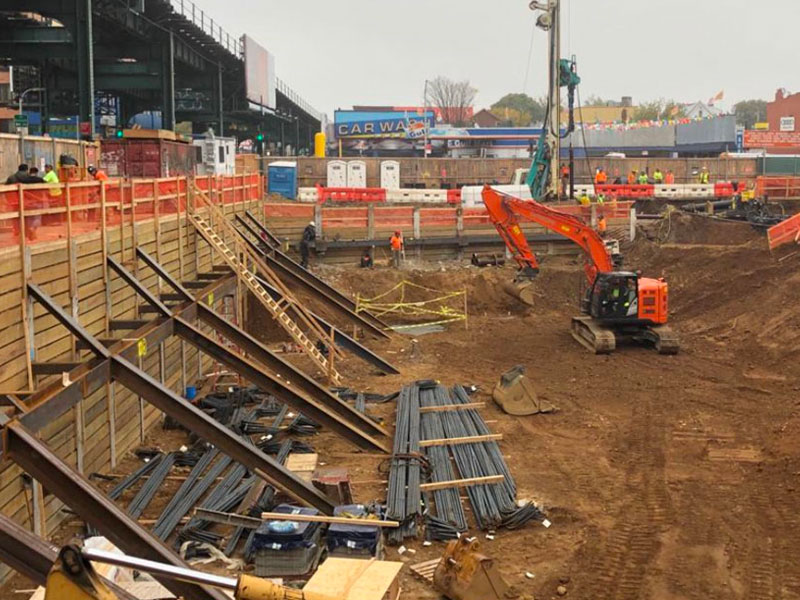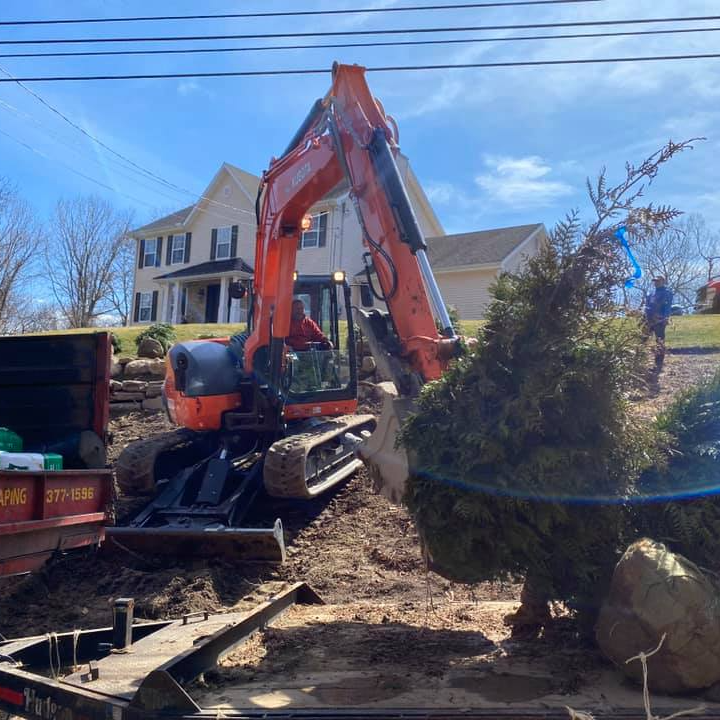Residential Excavating Ohio - Specialized Excavation for Ohio Homes
Residential Excavating Ohio - Specialized Excavation for Ohio Homes
Blog Article
Thorough Expedition: The Scientific Research Behind Superior Excavation Practices
The realm of excavation practices is a domain where science intertwines with workmanship to uncover the enigmas concealed beneath the earth's surface. From ancient hand tools to modern-day hydraulic excavators, the evolution of excavation techniques has been a testament to human resourcefulness and technical improvements. What truly establishes premium excavation methods apart is a deep understanding of geological principles, coupled with the use of innovative tools and methods. By checking out the scientific research behind these practices, we can discover the tricks that lie beneath our feet and appreciate the accuracy and experience that go into every dig.
Development of Excavation Techniques
Throughout background, the evolution of excavation techniques has actually played a vital role ahead of time building and construction methods and archaeological discoveries. From the fundamental tools made use of by our ancestors to the innovative machinery used in contemporary times, the development of excavation methods has actually significantly transformed how we come close to different tasks.
In ancient times, manual work with standard tools such as pickaxes, wheelbarrows, and shovels was the key method of excavation. This labor-intensive procedure restricted the depth and extent of excavations, frequently leading to slow progress and limited accessibility to certain sites. As worlds progressed, so did the tools and strategies utilized for excavation.
The Industrial Change noted a turning point in excavation exercise with the intro of steam-powered machinery. This development changed the area, permitting faster and more comprehensive excavations. In contemporary times, innovation plays a crucial role in excavation, with developments like general practitioner systems, drones, and 3D scanning boosting accuracy and efficiency in the area. The evolution of excavation techniques proceeds to form the means we construct, discover, and understand the world around us.
Function of Technology in Excavation

The assimilation of advanced technology has actually basically reinvented the field of excavation, enhancing accuracy and efficiency to extraordinary degrees. One of the key technical improvements that has dramatically affected excavation practices is the utilization of general practitioner systems. These systems enable for precise mapping of excavation websites, allowing drivers to precisely locate below ground energies and structures. Furthermore, the use of telematics in excavation tools has enabled real-time tracking of machine performance, leading to positive maintenance and enhanced functional productivity.
Additionally, the advent of 3D modeling and simulation software has structured the preparation process for excavation tasks. Operators and designers can now imagine the whole excavation procedure prior to damaging ground, identifying prospective obstacles and enhancing workflow. Along with this, the implementation of drones in excavation activities has assisted in airborne studies, volumetric measurements, and website inspections with unrivaled speed and accuracy.
Geological Principles in Excavation
An understanding of geological principles is necessary for making sure the structural stability and stability of excavation visit the website websites. Geological elements play an important role in determining the usefulness and safety of excavation jobs.
Additionally, the geological framework of the location, consisting of faults, cracks, and rock formations, have to be carefully assessed to determine prospective threats and difficulties. Excavating near geological fault or unsteady rock developments can bring about instability and potential threats. By carrying out comprehensive geological studies and analysis, excavators and engineers can establish strategies to alleviate risks and make sure the effective completion of excavation tasks. Ultimately, integrating geological concepts into excavation techniques is essential for attaining safe, effective, and lasting results.

Most Current Devices for Excavation
In the realm of excavation methods, contemporary developments in tools have reinvented the effectiveness and precision of excavation processes. Among the most recent devices making waves in the sector is using drones furnished with advanced imaging innovation. These drones can offer thorough aerial studies of excavation sites, offering real-time information on topography and prospective risks. This information help in far better planning and decision-making during the excavation procedure.
An additional cutting-edge tool obtaining popularity is the implementation of 3D printing technology for producing custom excavation tools. This enables the production of specialized tools that are tailored to the specific demands of a task, enhancing performance and minimizing downtime.
Furthermore, advancements in products science have actually led to the advancement of stronger and much more sturdy excavation tools. excavating ohio. Tungsten carbide-tipped excavator attachments, for instance, offer remarkable performance in difficult ground problems, enhancing efficiency on-site
Scientific research's Effect on Excavation Practices

Additionally, clinical research study on dirt auto mechanics and geotechnical engineering has supplied beneficial understandings into soil habits, permitting excavation experts to make enlightened choices regarding excavation methods and soil stablizing methods. On the whole, science continues to drive advancement and improvement in excavation practices, making excavation projects a lot more reliable, economical, and lasting.

Conclusion
In verdict, the evolution of excavation techniques has actually been substantially affected by improvements in technology and a deeper understanding of geological principles. The most recent devices and devices utilized in excavation have enhanced efficiency and accuracy in the area. The application of scientific understanding has significantly boosted excavation methods, bring about a lot more lasting and efficient methods for digging deep into different kinds of materials.
In the realm of excavation methods, contemporary developments in tools have revolutionized the efficiency and precision of excavation procedures. By leveraging clinical concepts, the excavation sector has actually been able to dramatically boost performance, precision, and security in excavation processes. GPR allows excavation teams to non-invasively scan and map subsurface structures, energies, and prospective hazards, allowing them to prepare excavation tasks with better accuracy and lowered threat of crashes.
Furthermore, scientific study on soil technicians and geotechnical design has given important understandings into soil habits, allowing excavation professionals to make enlightened choices regarding excavation approaches and soil stabilization methods. Generally, scientific research proceeds to drive development and improvement in excavation practices, making excavation jobs a lot more efficient, cost-efficient, and lasting.
Report this page